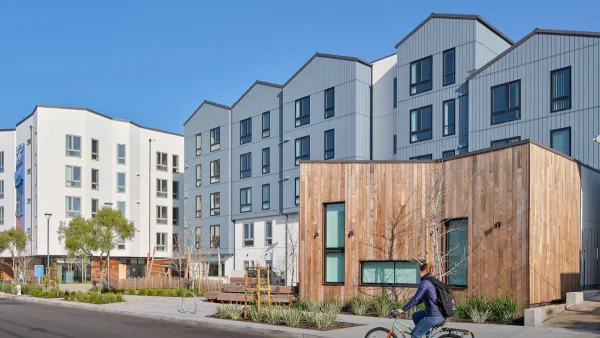Richey Piiparinen discusses the "Frankenstein effects" of place-making, in which, he argues, the diversity of people and place that attracts the creative class is eventually forced out by those in search of the "highest and best use."
Using as his case studies examples of rampant gentrification, and homogenization, in New York, and demographic data illustrating the decreasing diversity in Portland's inner core over the last decade, Piiparinen decries what he calls the "creative class-ification of the urban environment."
Central to this process, as Piiparinen describes, is the "contradiction at play in creative class theory;
namely, that the preconditions of success: diversity, density, and
tolerance, can create for a 'success' that eats diversity and
tolerance, particularly in those 'special sauce' dense spots like East
Village and downtown Portland that are harmonized to be vessels for
new knowledge and thus new economies."
"In fact," says Piiparinen, "it can be argued that
such outcomes deaden the long-term growth of cities in that
traditional geographic and cultural hearts are being sold for the 'gimme now' gains of taxation on objects from coffee to condos. And
really: there is nothing much cool or creative about that. Rather, it's
selling your city to the highest bidder. It is mountains turned to
coal."
FULL STORY: The Creative Destruction of Creative Class-ification

Planetizen Federal Action Tracker
A weekly monitor of how Trump’s orders and actions are impacting planners and planning in America.

San Francisco's School District Spent $105M To Build Affordable Housing for Teachers — And That's Just the Beginning
SFUSD joins a growing list of school districts using their land holdings to address housing affordability challenges faced by their own employees.

The Tiny, Adorable $7,000 Car Turning Japan Onto EVs
The single seat Mibot charges from a regular plug as quickly as an iPad, and is about half the price of an average EV.

With Protected Lanes, 460% More People Commute by Bike
For those needing more ammo, more data proving what we already knew is here.

In More Metros Than You’d Think, Suburbs are Now More Expensive Than the City
If you're moving to the burbs to save on square footage, data shows you should think again.

The States Losing Rural Delivery Rooms at an Alarming Pace
In some states, as few as 9% of rural hospitals still deliver babies. As a result, rising pre-term births, no adequate pre-term care and "harrowing" close calls are a growing reality.
Urban Design for Planners 1: Software Tools
This six-course series explores essential urban design concepts using open source software and equips planners with the tools they need to participate fully in the urban design process.
Planning for Universal Design
Learn the tools for implementing Universal Design in planning regulations.
Smith Gee Studio
City of Charlotte
City of Camden Redevelopment Agency
City of Astoria
Transportation Research & Education Center (TREC) at Portland State University
US High Speed Rail Association
City of Camden Redevelopment Agency
Municipality of Princeton (NJ)





























